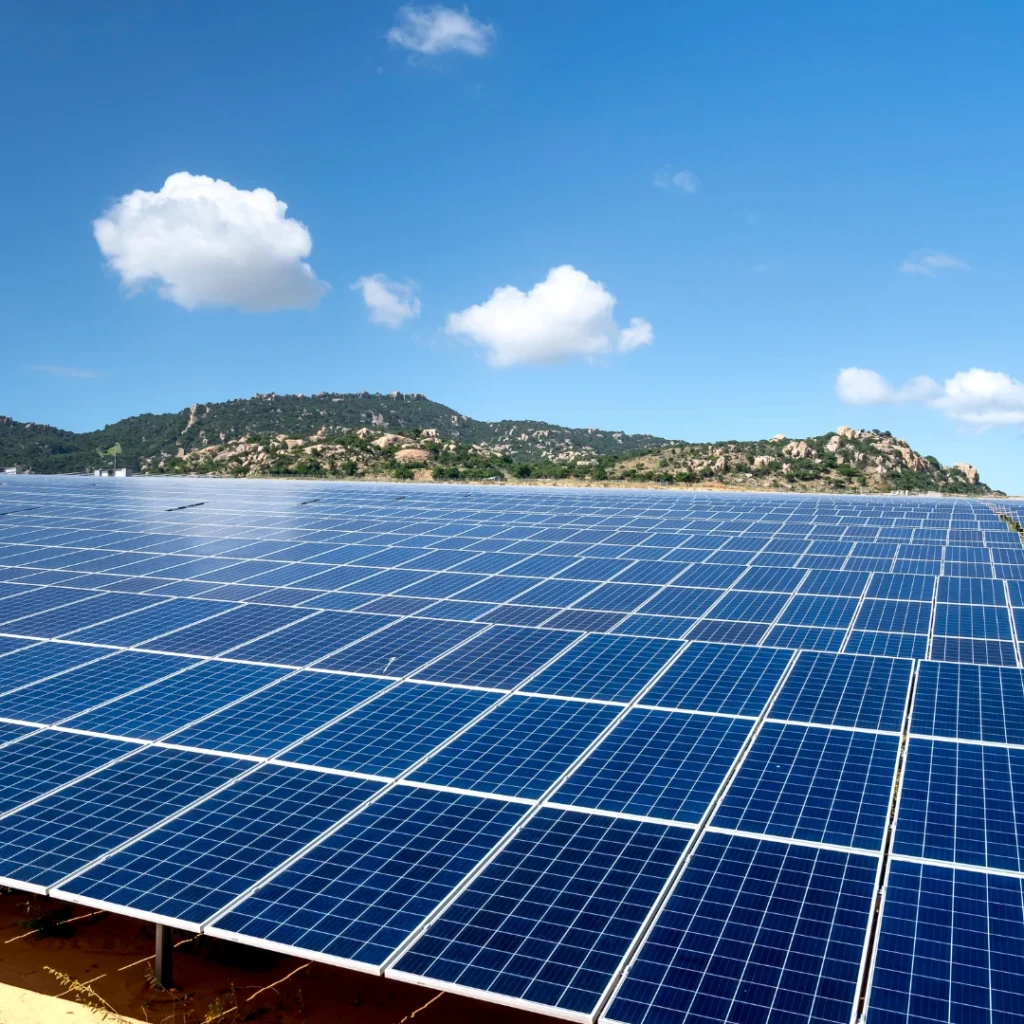Time is of the essence in the rapidly expanding solar sector. However, the difficulties that cause project delays are growing along with the demand for solar energy. Solar installation Delays can throw off your schedule, strain your budget, and erode consumer confidence due to things like flawed designs and complicated permitting.
With our fast, accurate, and compliant plan sets that are authorized the first time, we at Ramsun Solar Design collaborate with solar enterprises all over the world to remove delays before they start. This post will outline the seven most frequent reasons why solar installations take longer than expected and demonstrate how to prevent them with careful preparation and knowledgeable assistance.

1. Poorly Designed or Incomplete Plan Sets
The submission of inaccurate or insufficient designs is one of the most common reasons why solar projects are delayed. The Authority Having Jurisdiction (AHJ) is likely to reject your plan set if it is missing important data, such as wire sizing, grounding information, or module placement, which could result in expensive revision cycles.
We at Ramsun Solar Design produce solar plan sets that are AHJ-specific, NEC-compliant, and permitting-ready. Every drawing is accurate, comprehensive, and customized to satisfy local regulations.
✅ Advice: Make sure your plan set includes accurate conductor/wire sizing, load calculations, PV system layout, fire setback compliance, and one-line diagrams.
2. Not Understanding Local AHJ and Utility Requirements
Rules vary by city, county, and utility company. Your team will probably experience needless solar installation delays, approvals if they are unfamiliar with local permitting rules or interconnection standards.
We keep tabs on AHJ regulations throughout the United States and update our internal checklists on a regular basis. This enables us to create location-specific documentation that minimize project bottlenecks and pass approval more quickly.
✅ Advice: Before submitting, always confirm whether your AHJ calls for PE stamps, special remarks, utility sign-offs, or structural calculations.
3. Skipping or Rushing Site Assessments
Serious installation delays may result from designing a solar system without doing a thorough site assessment. It may take until the crew is on-site to notice things like roof obstacles, panel alignment problems, or inaccurate main panel information, necessitating redesigns or rescheduling.
We provide remote site assessments that gather vital information early on using technologies like HD satellite images, LIDAR scans, drone surveys, and Aurora Solar.
✅ Advice: Before completing your design, always confirm the electrical panel capacity, roof size, tilt, and shading circumstances.
4. Slow or Rejected Permit Approvals
One of the most frustrating parts of solar installation is the permit delay. If documents are submitted late, incomplete, or in the wrong format, approval could take weeks instead of days—leading to unexpected solar installation delays.
Permit-ready documents such as system specs, PE stamping, structural drawings, and solar access schematics are available from Ramsun Solar Design. This lowers the likelihood of rejection and expedites the AHJ review process.
✅ Tip: To prevent missing components, properly label each sheet, adhere to AHJ formatting, and double-check your scope of work.
5. Delayed Utility Interconnection Approvals
When attempting to connect the system to the grid, you may encounter delays even after licenses have been granted. This is particularly true for battery backup systems or commercial solar projects that require transformer improvements or grid capacity assessments.
To cut down on back and forth with utility companies, we create utility-compliant interconnection documents, such as site maps, load calculations, one-lines, and system specifications.
✅ Advice: Send in connectivity documentation as soon as you can, preferably concurrently with the application for your permission.
6. Inefficient Communication Between Teams
Miscommunication or lack of coordination between design, sales, installation, and permitting teams can create major disconnects that lead to solar installation delays.
We assist solar enterprises by serving as an extension of their internal teams because of this. We provide comprehensive documentation, quick turnaround for modifications, and real-time updates to keep your project on track.
✅ Advice: To make sure all teams are on the same page, use centralized project management platforms like Trello, Asana, or Google Workspace.
7. Not Outsourcing to Specialized Solar Designers
Your internal workforce may get overburdened if you attempt to handle everything internally, particularly if you’re operating across several states or nations. Errors rise, deadlines are missed, and your staff becomes exhausted.
You may expedite every stage of your solar installation, save time, and minimize errors by contracting with professionals like Ramsun Solar Design to handle your solar design and permit packages.
We provide:
- Sets of solar plans for homes and businesses
- Electrical and structural computations
- Layouts for EV chargers and battery backup
- PE stamping in every state in the union
- Turnaround periods of 24 to 48 hours
✅ Advice: Pick a solar design partner with experience who is aware of both local and international norms.
Conclusion
Solar installation delays can be prevented by better planning, not by hurrying. Your projects can proceed more quickly and be completed more robustly if you have a defined procedure, precise designs, and code-compliant documentation.
EPCs, project developers, and solar installers may avoid delays and stay ahead of schedule with the assistance of Ramsun Solar Design. We provide everything you need to quickly have your project approved and put into action, from concept to permitting.
📩 Let’s Keep Your Solar Projects On Track
Need reliable, permit-ready solar designs with fast turnaround?
👉 Get in touch with Ramsun Solar Design today.
